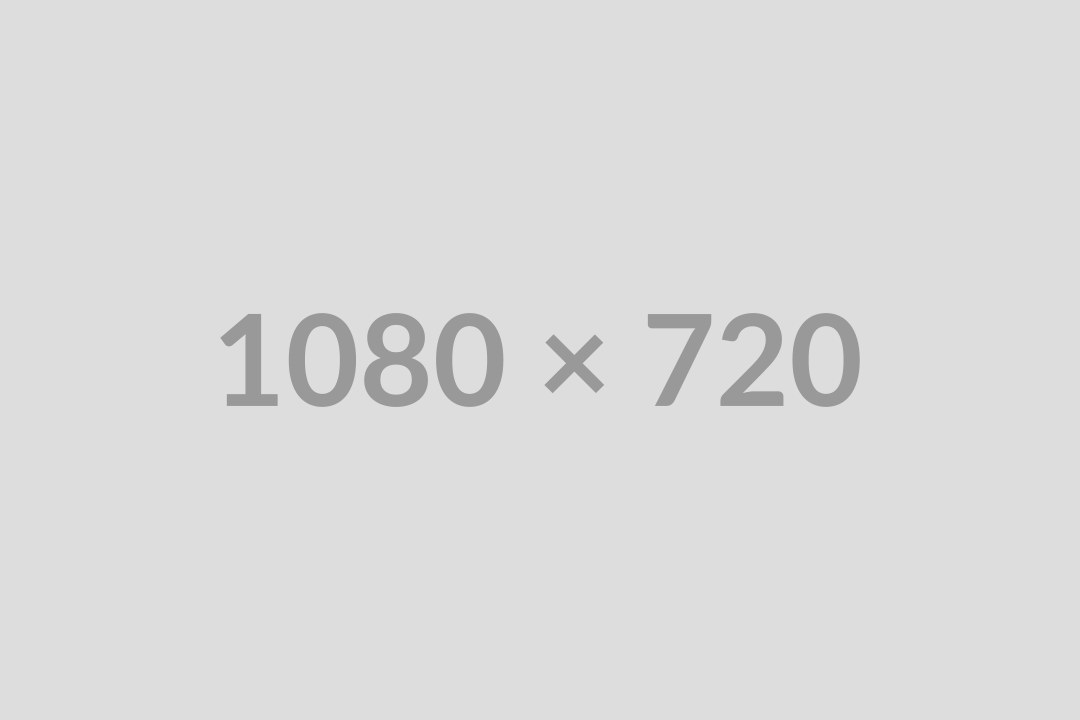When creating a Divisional Budget for your Snow division there are two key factors that you have to consider to ensure you are setting your company up for success; your Equipment and Overhead Recovery.
Relative to Equipment, Labor and Materials can be easier to forecast for as you can estimate a total number of manhours and materials based on work expected for the season. This holds especially true if you are considering to purchase or rent equipment for the upcoming Winter season.
Purchasing/Renting Equipment for Winter
When it comes to purchasing or renting large equipment, the main benefits driving this is job velocity; finish jobs faster and do more work within the same timeframe compared to relying solely on manual labor. But there are some key questions that need to be answered before you commit to such an endeavor:
Will you be able to use the equipment enough?
For example, a company that does Install services during the Spring/Summer months, could benefit from an extra skidteer or two all year-round. Work will now be completed quicker across all seasons and conversely, recovering the cost of purchasing and operating said equipment can be recovered all throughout the year on all jobs won.
But what about a Maintenance company who won’t necessarily use large equipment during the Spring/Summer months, and it sits idle and only sees action during the winter months? Now the burden of recovering the costs of this equipment will place all the weight on your jobs won during the Winter months and may drive your price higher than you are comfortable with.
For example, recovering a piece of equipment that costs $12,000 across 12 months only requires an ROI of $1,000/mo whereas that same piece of equipment being recovered across 4 months requires an ROI of $3,000/mo; driving your prices up for your Winter bids.
Do you have surplus manpower that you need to keep busy during the winter months?
If you do not carry as many field laborers during the winter months, purchasing/renting equipment for Snow services may be a feasible route as you now have the new equipment to increase your job velocity while maintaining a smaller amount of field laborers.
However, if you do carry a significant amount of field laborers during the winter months, it may not make financial sense for you to purchase/rent new equipment as you will now have to price your work and win jobs to recover the operating costs of both the equipment and your laborers.
Accurately Recover Your Overhead
When creating Divisional Budgets, there are three main methods when splitting your Overhead across divisions: by sales, by time and by analysis (recommended).
When splitting your overhead by ‘Time’ and ‘Sales’, you are generalizing a proportion of your entire Overhead Expenses across all of your divisions. This is the simplest method and at face value, appears to make sense; until you dissect it a little further. With these two methods, you are also adding a proportion of Overhead Expenses that may have no actual use within a particular division. For example, your Design Estimator’s salary (assuming they do not work at all during the winter months). You have now lumped in a certain proportion of that salary into your Snow Overhead Expense and may drive up the price of your Snow bids. The same logic applies to any other Overhead expenses that are not actually being used by your Snow division.
The recommended method to use is ‘By Anlaysis’; this does require the most time investment, but it captures a more accurate proportion of how to allocate your expenses across multiple divisions. For an example, refer to the chart below:
| ADVERTISING EXPENSE (TOTAL: $10,000) | ||
| % Spent Per Division | $ Allocated to Divisional Overhead | |
| Install Division | 50% | $5000 |
| Maintenance Division | 40% | $4000 |
| Snow Division | 10% | $1000 |
DOWNLOADS: Splitting Overhead by Division Calculator


